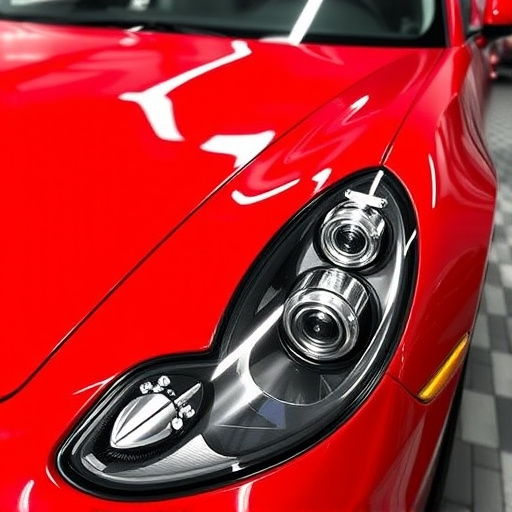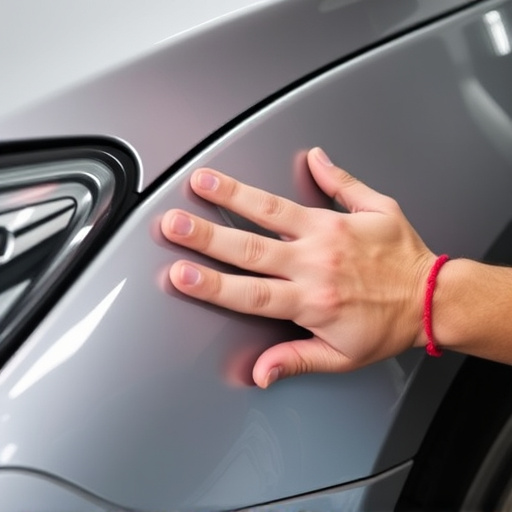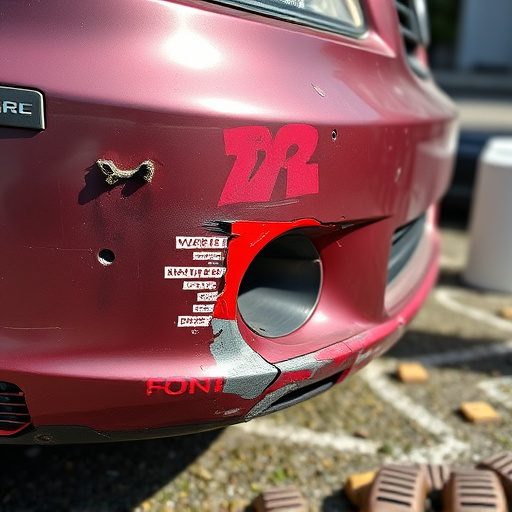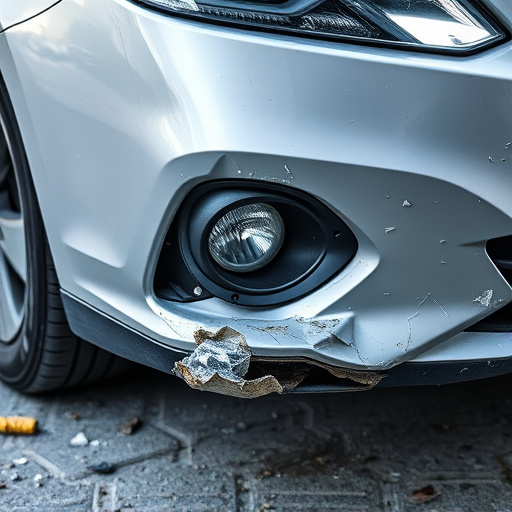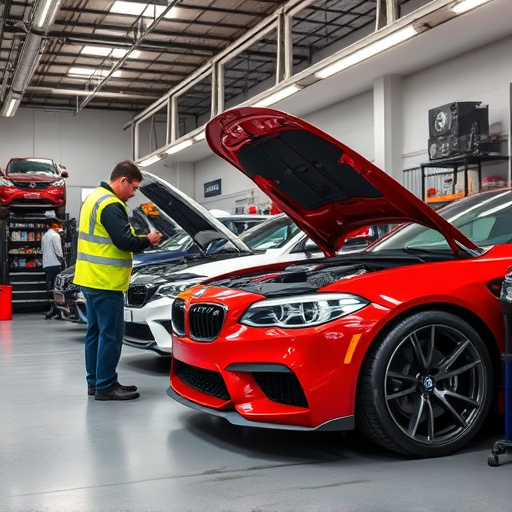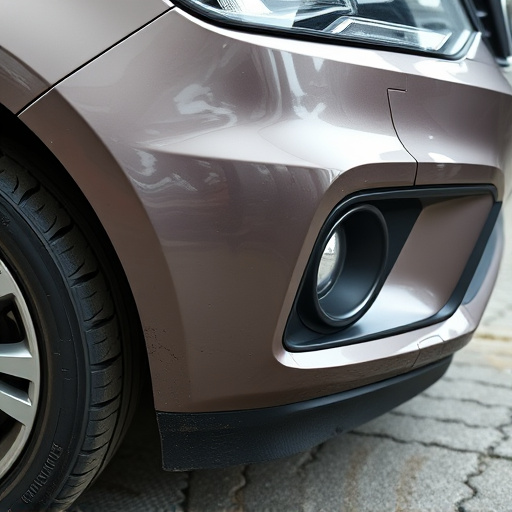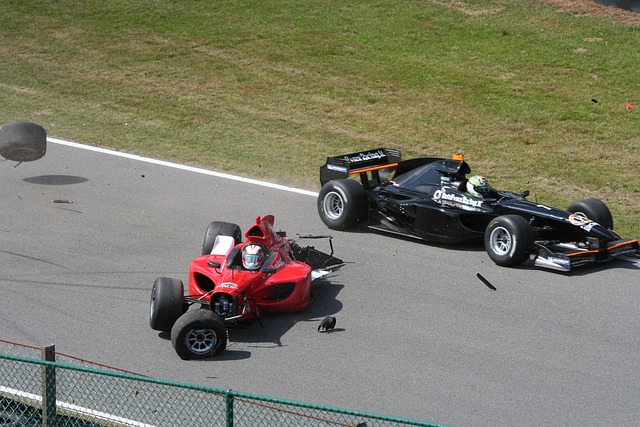Tesla's Adaptive Suspension, a key feature enhancing drive experience, requires specialized Tesla adaptive suspension repair over time due to wear and tear, especially in high-mileage vehicles. Regular maintenance is crucial for optimal performance and safety, addressing issues like reduced responsiveness, uneven tire wear, and handling precision problems. Professional technicians play a vital role in diagnosing and fixing these problems through services including system calibration, body repairs, and car paint jobs, extending the lifespan of Tesla's adaptive suspension and ensuring a smooth, dynamic ride for years to come.
As Tesla vehicles rack up miles, understanding the role of their innovative Adaptive Suspension system becomes crucial. This advanced technology adjusts to road conditions, ensuring a smooth ride. However, high mileage can take its toll, leading to common issues like worn components and reduced performance.
This article guides owners through the intricacies of Tesla adaptive suspension repair, offering insights into common problems, maintenance tips, and expert advice for restoring optimal performance in their high-mileage Teslas.
- Understanding Tesla Adaptive Suspension and Its Role in High-Mileage Vehicles
- Common Issues and Wear and Tear in High-Mileage Teslas
- Repairing and Maintaining Tesla Adaptive Suspension for Optimal Performance
Understanding Tesla Adaptive Suspension and Its Role in High-Mileage Vehicles
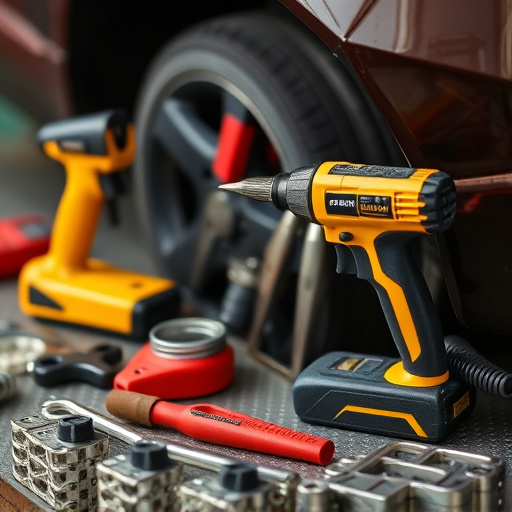
Tesla Adaptive Suspension is a groundbreaking system designed to provide an unparalleled driving experience. It utilizes advanced sensors and actuators to continuously adjust the vehicle’s suspension in real-time, ensuring optimal handling and comfort. In high-mileage vehicles, this system plays a pivotal role in maintaining stability and control, especially on uneven roads. By automatically adjusting to different terrains and driver inputs, it offers a smoother ride and enhances safety.
Over time, as vehicles accumulate mileage, the adaptive suspension components may require Tesla adaptive suspension repair. Regular maintenance is crucial to ensure its longevity and peak performance. Comparatively, while auto painting and auto body restoration might be common maintenance tasks, auto body repair for this specific system requires specialized knowledge and tools due to its intricate nature. Prompt attention to any issues can prevent more serious problems down the line, keeping your high-mileage Tesla purring smoothly.
Common Issues and Wear and Tear in High-Mileage Teslas
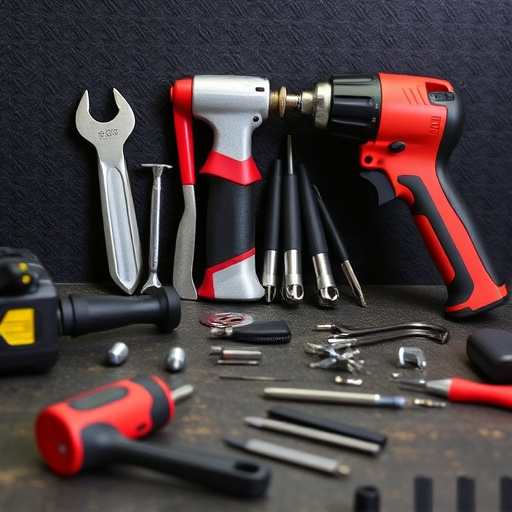
As vehicles accumulate miles, various components start to show signs of wear and tear, and Tesla adaptive suspension systems are no exception. High-mileage Teslas often face challenges with their advanced suspension setup, which can lead to a diminished ride quality. Common issues include reduced responsiveness, uneven tire wear, and a noticeable drop in handling precision. These problems arise from constant use, varying road conditions, and the intricate nature of the adaptive suspension mechanism itself.
Over time, the sensors and actuators within the system may require Tesla adaptive suspension repair or replacement, especially if the vehicle has been subjected to rough handling or frequent long-distance travel. Regular maintenance can mitigate these issues, but even the best care cannot prevent all wear. High-mileage vehicles, regardless of brand, demand specialized attention, and for Teslas, this often translates into needing expert services from a reliable auto body shop that offers comprehensive body shop services to address these specific needs.
Repairing and Maintaining Tesla Adaptive Suspension for Optimal Performance
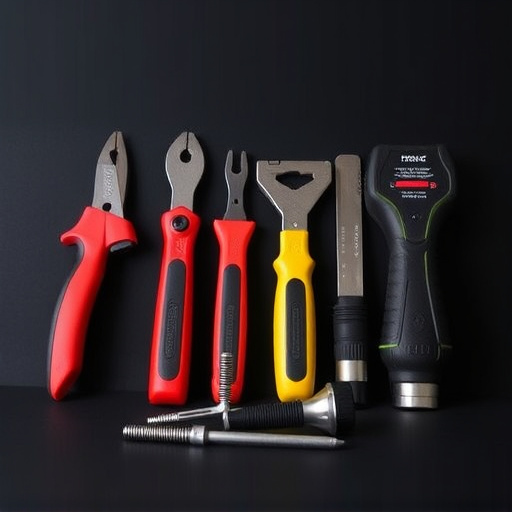
Tesla Adaptive Suspension Repair is crucial for maintaining optimal performance in high-mileage vehicles. This advanced system, designed to offer a smooth and dynamic ride, requires regular upkeep to ensure its longevity. Professional technicians play a vital role in diagnosing and addressing any issues that may arise, from sensor malfunctions to worn-out components. By performing precise adjustments and replacements, they can restore the suspension’s precision, ensuring the vehicle handles well and provides passengers with a comfortable ride.
Proper maintenance involves not just repairing but also enhancing the overall health of the adaptive suspension. This includes regular checks for signs of wear and tear, as well as calibrating the system to ensure it adapts gracefully to varying road conditions. Combining these efforts with routine vehicle body repair and car paint services when necessary, Tesla owners can extend the lifespan of their adaptive suspension and enjoy a seamless driving experience for years to come.
As we’ve explored, understanding and maintaining Tesla’s Adaptive Suspension system is crucial for high-mileage vehicles. By addressing common issues early on, owners can ensure optimal performance and a smoother ride. Regular inspection and timely repairs, specifically focusing on the adaptive suspension, are key to preserving the vehicle’s value and safety over time. For those tackling Tesla adaptive suspension repair, professional expertise and genuine replacement parts are essential for long-lasting results.


